Putting a Google Chromebook in the hands of a middle school student isn’t enough to take your classroom into this century. Using technology smartly — to complement and foster learning — has to be taught.
That’s what a few of the more than 400 teachers, librarians, and administrators who descended Thursday on Wayne Township’s Chapel Hill 7th and 8th Grade Center for Google Ed Camp said today. They spent the day asking each other technology questions, getting ideas for lesson plans and learning from each other.
While they were at it, Chalkbeat asked teachers from around Indiana the most surprising ways technology has changed the way they teach. See their responses here.
List ViewSwitch to list view
SlideshowSwitch to slideshow view
ReplayBack to Beginning
back1 of 9next
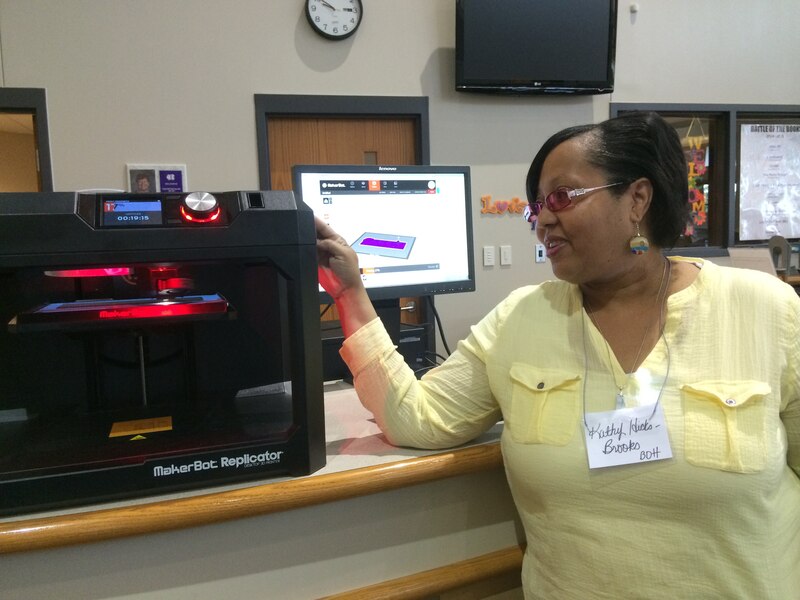
Start Slideshow
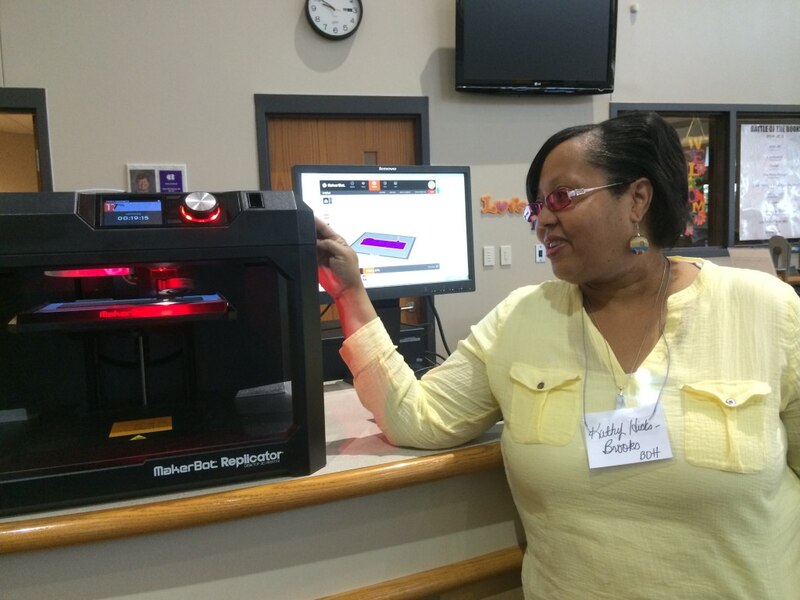
- PHOTO: Hayleigh Colombo1. Kathy Hicks-Brooks, Ben Davis High School librarian
- “I had heard that maker spaces (areas where people are encouraged to collaborate and use new technology to work on projects) were the way that public and school libraries were heading. Adding a maker space changed the whole library. Kids who never knocked on my door are now in here and they’re creating. During lunchtime, instead of everybody hanging out, they’re making things. A lot of the puzzles are tied to the curriculum. It really took off.”
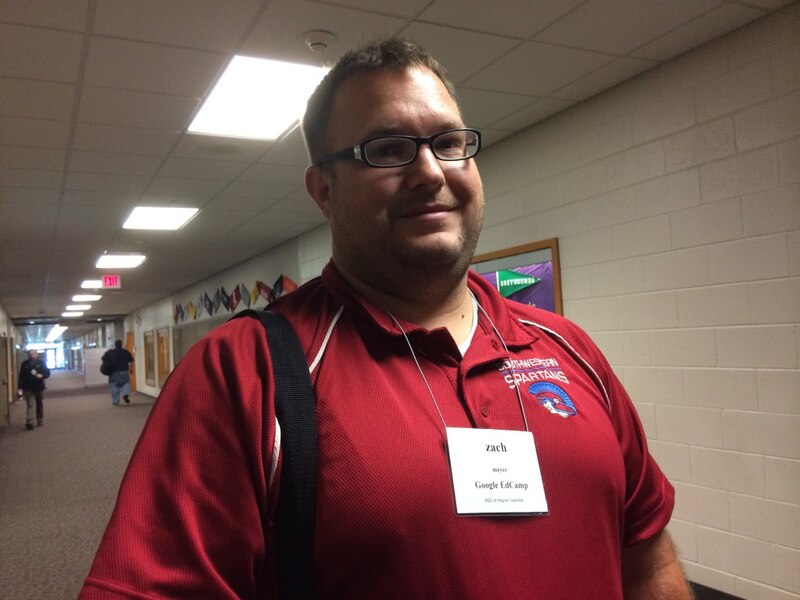
- PHOTO: Hayleigh Colombo2. Zach Meyer, special education teacher at Shelbyville Southwestern High School
- “It gives me the ability to differentiate. I know right away which kids are getting it and which kids aren’t. It’s instant data collection. Data drives everything. It’s something we used to have to do using a gut feeling.”
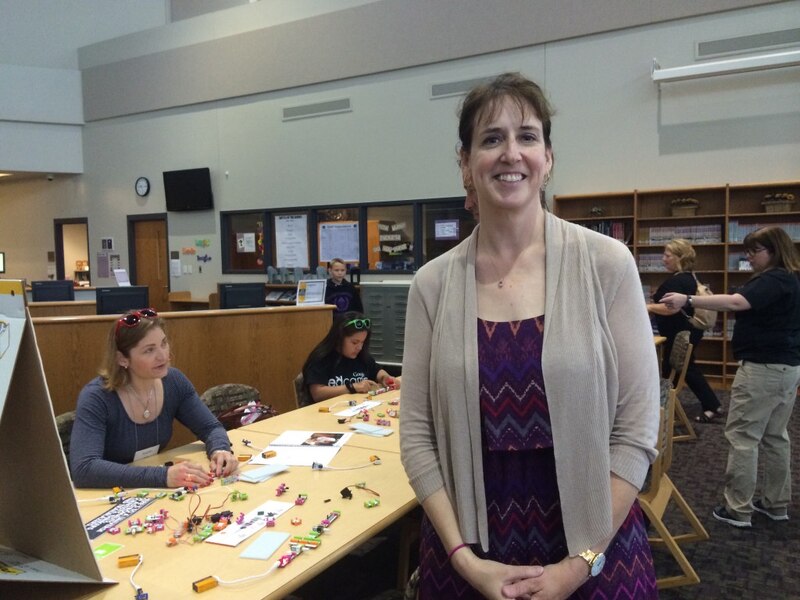
- PHOTO: Hayleigh Colombo3. Leslie Preddy, librarian at Perry Meridian High School
- “The biggest change I have seen is our kids actually need more help. It’s overwhelming and you want to believe everything that’s in print. The kids are reading and don’t understand how to interpret and evaluate and analyze what they’re reading. It’s a challenge.”
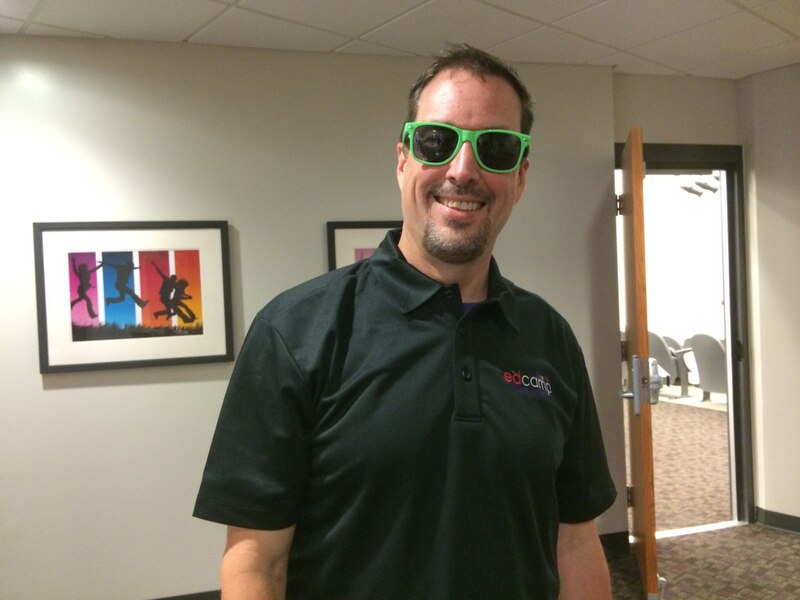
- PHOTO: Hayleigh Colombo4. Pete Just, Wayne Township Chief Technology Officer
- “Ten years ago I was frustrated. We were putting devices in classrooms. We knew they had power but we didn’t know how to harness it. It’s starting to change the way students learn, and how teachers are looking at their roles. They’re looking at their role as a facilitator which allows for more differentiated learning.”
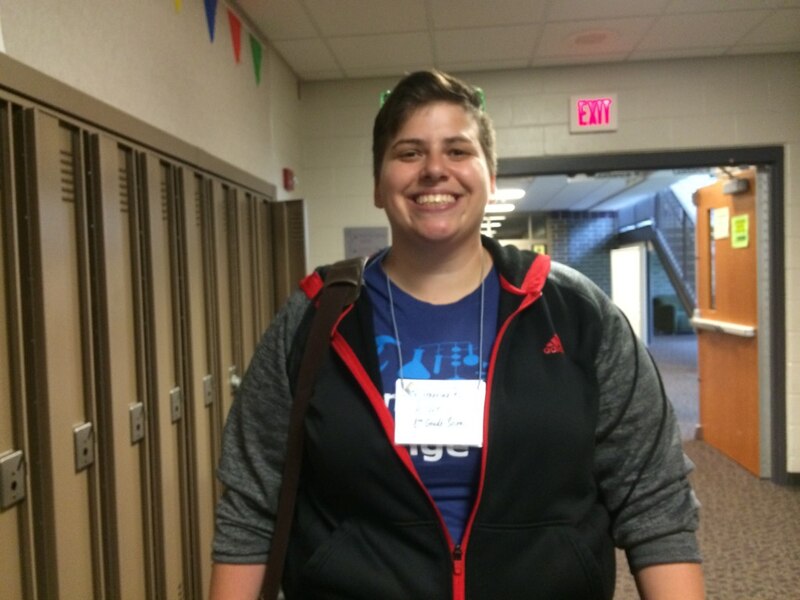
- PHOTO: Hayleigh Colombo5. Katherine Russo, 8th grade science teacher at Lawrence Township
- “It’s getting kids to want to read. I found they’re a lot more likely to read on the computer than in a book, which is weird. They’re more likely to write you a complete thought. Anything you can do to take something off their hands is something they enjoy.”
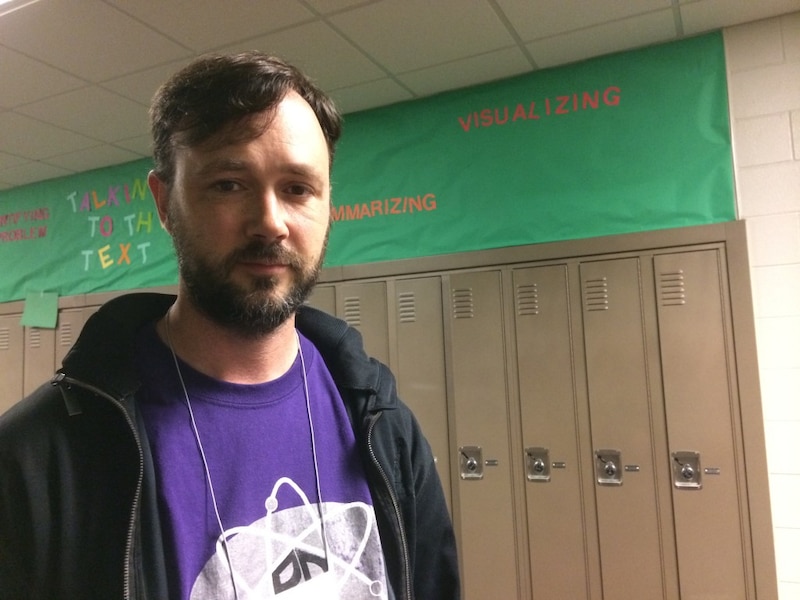
- PHOTO: Hayleigh Colombo6. Martin Van Zant, Ben Davis High School graphic arts teacher
- “You’ve got to be ahead of the kids and they’re super fast. The challenge is teaching them how to use the devices responsibly. They’ve grown up with technology but they’ve never been shown how to use it properly.”
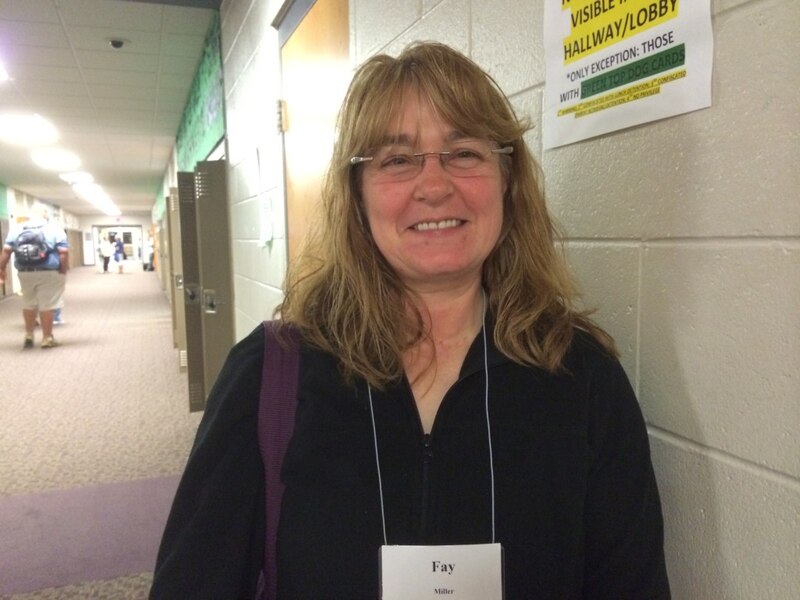
- PHOTO: Hayleigh Colombo7. Fay Miller, business teacher at Royal Center schools
- “When I look at the kids, this is their wheelhouse. I learn from them. Feedback is quicker. You can send a message to the kids. We communicate that way.”
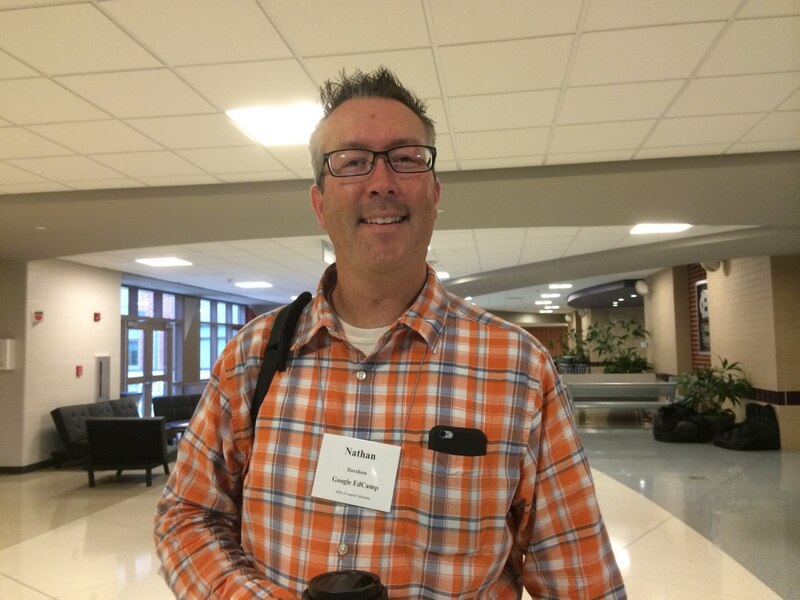
- PHOTO: Hayleigh Colombo8. Nathan Davidson, former technology manager at Wayne Township schools
- “I’m surprised that it hasn’t caught on quicker than this. It’s hard to change a mindset and understand that technology is important. We’ve got fantastic tools available. The exciting thing is the opportunities that are ahead.”
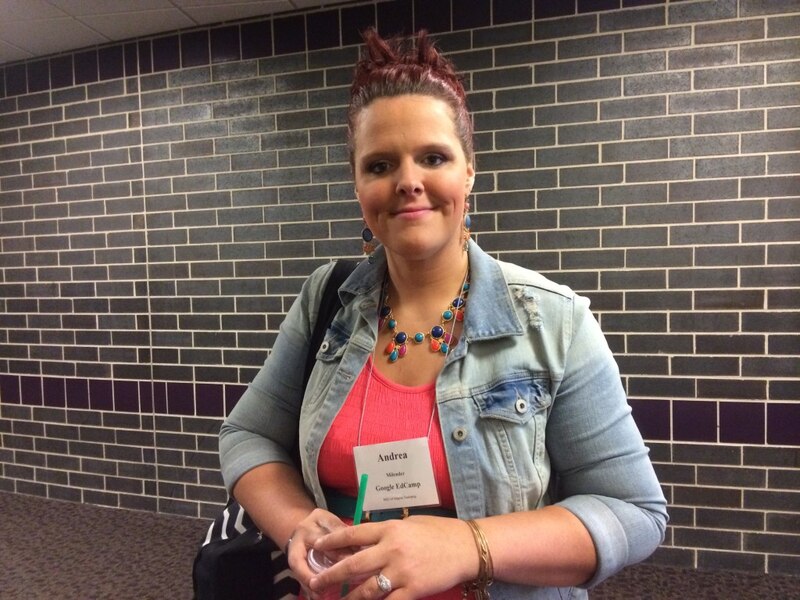
- PHOTO: Hayleigh Colombo9. Andrea Milender, teacher at Mill Creek East in Clayton
- “What amazes me the most is watching the kids’ adaptability with it all. Adults struggle with change. Kids are ready to dive in and do it. They amaze me with how much they teach each other.”

PHOTO: Hayleigh Colombo1. Kathy Hicks-Brooks, Ben Davis High School librarian
“I had heard that maker spaces (areas where people are encouraged to collaborate and use new technology to work on projects) were the way that public and school libraries were heading. Adding a maker space changed the whole library. Kids who never knocked on my door are now in here and they’re creating. During lunchtime, instead of everybody hanging out, they’re making things. A lot of the puzzles are tied to the curriculum. It really took off.”

PHOTO: Hayleigh Colombo2. Zach Meyer, special education teacher at Shelbyville Southwestern High School
“It gives me the ability to differentiate. I know right away which kids are getting it and which kids aren’t. It’s instant data collection. Data drives everything. It’s something we used to have to do using a gut feeling.”

PHOTO: Hayleigh Colombo3. Leslie Preddy, librarian at Perry Meridian High School
“The biggest change I have seen is our kids actually need more help. It’s overwhelming and you want to believe everything that’s in print. The kids are reading and don’t understand how to interpret and evaluate and analyze what they’re reading. It’s a challenge.”

PHOTO: Hayleigh Colombo4. Pete Just, Wayne Township Chief Technology Officer
“Ten years ago I was frustrated. We were putting devices in classrooms. We knew they had power but we didn’t know how to harness it. It’s starting to change the way students learn, and how teachers are looking at their roles. They’re looking at their role as a facilitator which allows for more differentiated learning.”

PHOTO: Hayleigh Colombo5. Katherine Russo, 8th grade science teacher at Lawrence Township
“It’s getting kids to want to read. I found they’re a lot more likely to read on the computer than in a book, which is weird. They’re more likely to write you a complete thought. Anything you can do to take something off their hands is something they enjoy.”

PHOTO: Hayleigh Colombo6. Martin Van Zant, Ben Davis High School graphic arts teacher
“You’ve got to be ahead of the kids and they’re super fast. The challenge is teaching them how to use the devices responsibly. They’ve grown up with technology but they’ve never been shown how to use it properly.”

PHOTO: Hayleigh Colombo7. Fay Miller, business teacher at Royal Center schools
“When I look at the kids, this is their wheelhouse. I learn from them. Feedback is quicker. You can send a message to the kids. We communicate that way.”

PHOTO: Hayleigh Colombo8. Nathan Davidson, former technology manager at Wayne Township schools
“I’m surprised that it hasn’t caught on quicker than this. It’s hard to change a mindset and understand that technology is important. We’ve got fantastic tools available. The exciting thing is the opportunities that are ahead.”

PHOTO: Hayleigh Colombo9. Andrea Milender, teacher at Mill Creek East in Clayton
“What amazes me the most is watching the kids’ adaptability with it all. Adults struggle with change. Kids are ready to dive in and do it. They amaze me with how much they teach each other.”

PHOTO: Hayleigh Colombo1. Kathy Hicks-Brooks, Ben Davis High School librarian
“I had heard that maker spaces (areas where people are encouraged to collaborate and use new technology to work on projects) were the way that public and school libraries were heading. Adding a maker space changed the whole library. Kids who never knocked on my door are now in here and they’re creating. During lunchtime, instead of everybody hanging out, they’re making things. A lot of the puzzles are tied to the curriculum. It really took off.”

PHOTO: Hayleigh Colombo2. Zach Meyer, special education teacher at Shelbyville Southwestern High School
“It gives me the ability to differentiate. I know right away which kids are getting it and which kids aren’t. It’s instant data collection. Data drives everything. It’s something we used to have to do using a gut feeling.”

PHOTO: Hayleigh Colombo3. Leslie Preddy, librarian at Perry Meridian High School
“The biggest change I have seen is our kids actually need more help. It’s overwhelming and you want to believe everything that’s in print. The kids are reading and don’t understand how to interpret and evaluate and analyze what they’re reading. It’s a challenge.”

PHOTO: Hayleigh Colombo4. Pete Just, Wayne Township Chief Technology Officer
“Ten years ago I was frustrated. We were putting devices in classrooms. We knew they had power but we didn’t know how to harness it. It’s starting to change the way students learn, and how teachers are looking at their roles. They’re looking at their role as a facilitator which allows for more differentiated learning.”

PHOTO: Hayleigh Colombo5. Katherine Russo, 8th grade science teacher at Lawrence Township
“It’s getting kids to want to read. I found they’re a lot more likely to read on the computer than in a book, which is weird. They’re more likely to write you a complete thought. Anything you can do to take something off their hands is something they enjoy.”

PHOTO: Hayleigh Colombo6. Martin Van Zant, Ben Davis High School graphic arts teacher
“You’ve got to be ahead of the kids and they’re super fast. The challenge is teaching them how to use the devices responsibly. They’ve grown up with technology but they’ve never been shown how to use it properly.”

PHOTO: Hayleigh Colombo7. Fay Miller, business teacher at Royal Center schools
“When I look at the kids, this is their wheelhouse. I learn from them. Feedback is quicker. You can send a message to the kids. We communicate that way.”

PHOTO: Hayleigh Colombo8. Nathan Davidson, former technology manager at Wayne Township schools
“I’m surprised that it hasn’t caught on quicker than this. It’s hard to change a mindset and understand that technology is important. We’ve got fantastic tools available. The exciting thing is the opportunities that are ahead.”

PHOTO: Hayleigh Colombo9. Andrea Milender, teacher at Mill Creek East in Clayton
“What amazes me the most is watching the kids’ adaptability with it all. Adults struggle with change. Kids are ready to dive in and do it. They amaze me with how much they teach each other.”
